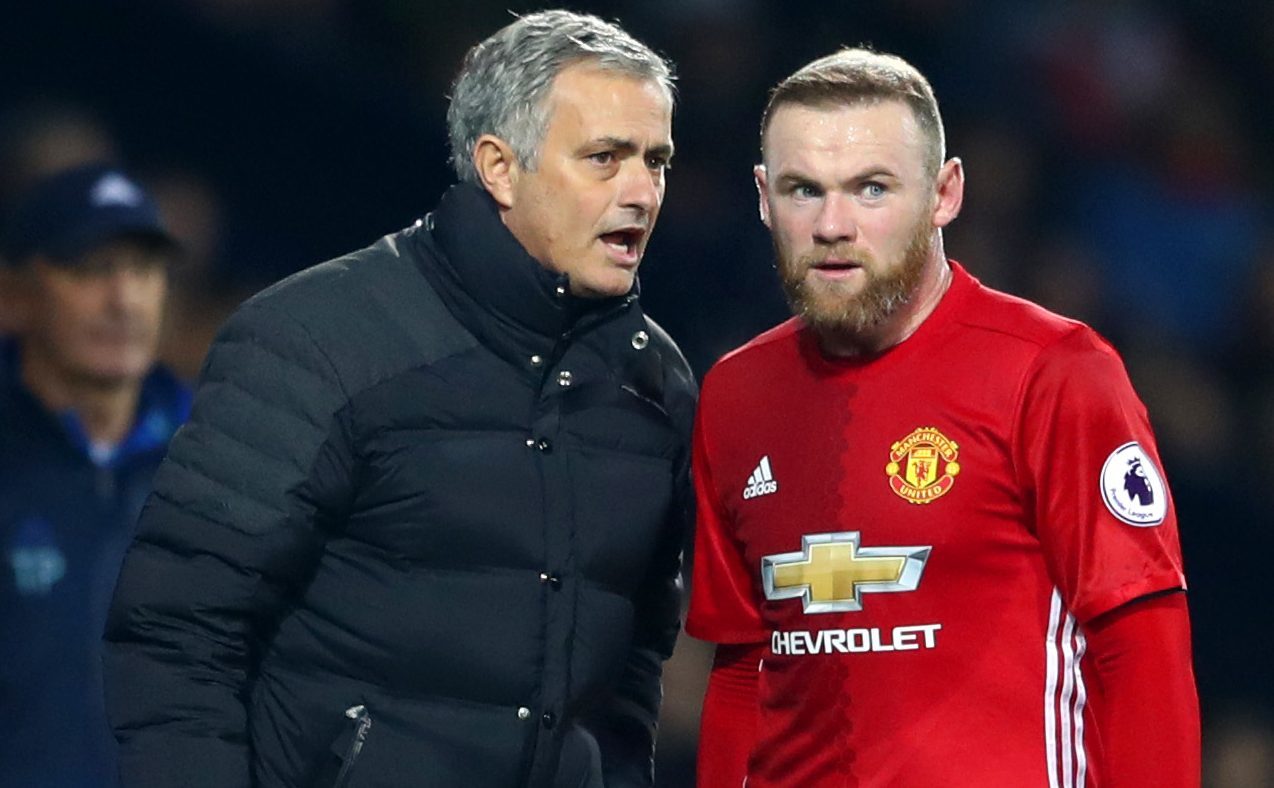
WAYNE ROONEY might make Manchester United’s starting line-up at Wembley today. Then again, he might not.
And, for the first time in his career, nobody is really bothered one way or the other.
It’s not so long ago the possibility of United, or indeed England, being without their skipper and most high-profile player for a major match would have taken up rainforests of newspaper headlines, hours of radio phone-ins and dominated social media for days.
Today, though, his potential absence from the EFL Cup Final elicits nothing more than a collective shoulder shrug – and that’s all down to Jose Mourinho.
If ever you wanted to witness a masterclass in how to phase out a legend, just look at how the Portuguese has handled Rooney since arriving at Old Trafford.
His first tactic was to praise the player to the hilt. To always refer to him with respect. Never to question his status as club captain and most successful player.
Mourinho then declared that he would never play Rooney in midfield.
The player had been hinting for a while that he might fancy winding down his career in a deeper role – indeed he filled it under Louis van Gaal and for both Roy Hodgson and Sam Allardyce with England – but Mourinho insisted he was: “A No. 9 or a No. 10.”
That meant, to get into the United team, he would have to be better than Zlatan Ibrahimovich, Marcus Rashford, Juan Mata or Anthony Martial.
As a result, Rooney has made just eight Premier League starts and he can’t really complain.
Mourinho dropped Rooney for the first time against Leicester in September and his team won 4-1 without him. For the first time in his 12 years at Old Trafford, Rooney looked dispensable.
A few niggling injuries, and the exceptional form of Ibrahimovic, limited his appearances. And even though he passed Sir Bobby Charlton’s United goal record with a spectacular strike last month, it is now clear that Rooney’s United career has run its course.
He may not going to China this week, but a move at the end of the season now seems inevitable.
But even here Mourinho has been clever, declaring that he is delighted to keep Rooney. After all United have a lot of games to play and he’s merely past his prime, not completely useless!
Most importantly, it’s now clear to everyone that whatever happens, this is Rooney’s decision, not Mourinho’s.
As I say, a textbook lesson in management.

Enjoy the convenience of having The Sunday Post delivered as a digital ePaper straight to your smartphone, tablet or computer.
Subscribe for only £5.49 a month and enjoy all the benefits of the printed paper as a digital replica.
Subscribe